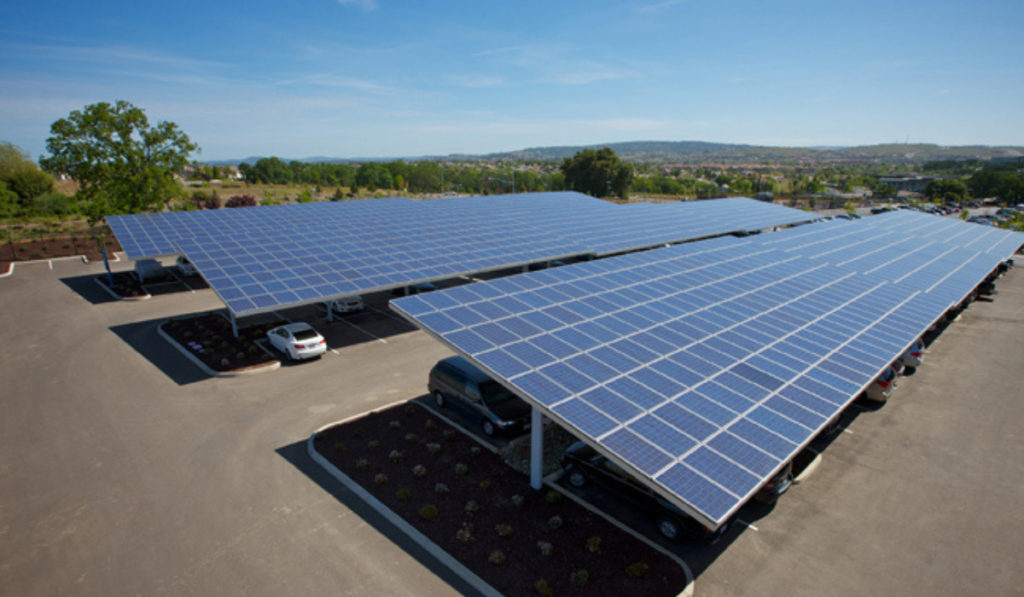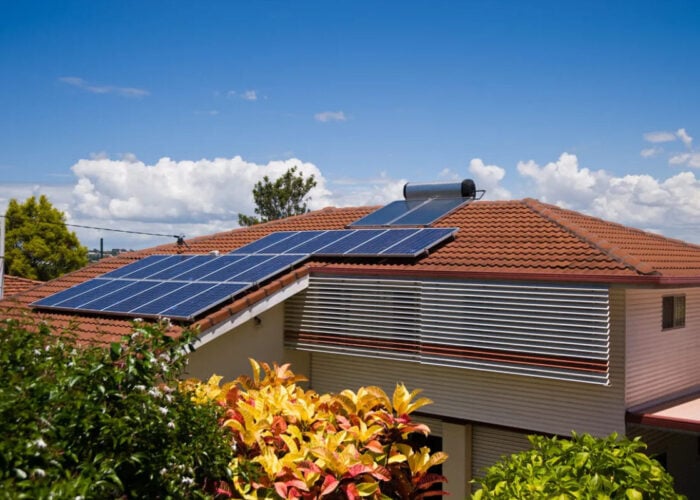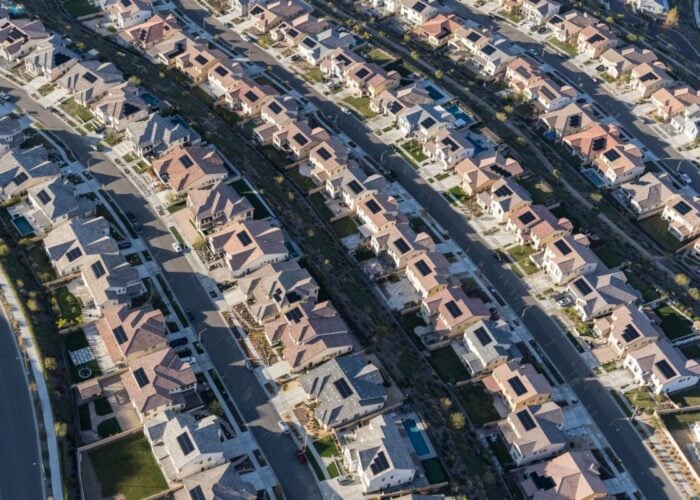
Solar curtailments in the US state of California have never been higher in 2023, as solar generation outpaces transmission capacity upgrades, according to a report from the US Energy Information Administration (EIA).
In 2022, the California Independent System Operator (CAISO) – the grid operator that covers most of California – curtailed 2.4 million MWh of utility-scale solar and wind output, up 63% from the previous year, while as of September of this year, CAISO curtailed over 2.3 million MWh of solar and wind output so far this year.
Try Premium for just $1
- Full premium access for the first month at only $1
- Converts to an annual rate after 30 days unless cancelled
- Cancel anytime during the trial period
Premium Benefits
- Expert industry analysis and interviews
- Digital access to PV Tech Power journal
- Exclusive event discounts
Or get the full Premium subscription right away
Or continue reading this article for free
Solar accounted for almost all of the energy curtailed in 2022 and the first seven months of 2023, with 95% and 94%, respectively.
The primary reason for the increased curtailments of utility-scale solar output is due to the speed of solar capacity additions outpacing upgrades in the transmission capacity, particularly since 2019.
Nearly two million MWh of curtailed solar and wind output in 2022 was due to congestion, with the rest from oversupply, when generation exceeds the electricity demand.
As shown in the graph above, both the months of March and April this year have passed the threshold of 600,000MWh of solar and wind output curtailed, as CAISO tends to curtail most of the solar capacity during spring, when electricity demand is relatively lower due a lesser demand from air conditioning or heating, while solar output is high.
A recent report from utility Edison estimated that California would require an investment of up to US$370 billion in grid infrastructure and utility-scale renewables by 2045, in order for the state to meet its net zero decarbonisation target.
CAISO has been looking into implementing solutions to reduce curtailment of renewables, including greater reliance on the Western Energy Imbalance Market (WEIM), which would allow participants outside of CAISO to buy or sell energy to balance demand and supply.
Last year, 10% of total possible curtailments were avoided thanks to trading within the WEIM.
Another important solution would be the expansion of and upgrades to transmission capacity to reduce congestion, which includes 45 projects that could support the addition of more than 17GW of solar PV capacity over the next decade.
Finally, CAISO has been promoting the development of flexible resources such as battery storage technologies, which could be used to be charged when more capacity from renewables is being produced than needed and reduce curtailments. The state of California has 4.9GW of battery storage, with plans to add another 7.6GW by the end of 2024, according to data from the EIA.
| Our publisher Solar Media is hosting the 10th Solar and Storage Finance USA conference, 7-8 November 2023 at the New Yorker Hotel, New York. Topics ranging from the Inflation Reduction Act to optimising asset revenues, the financing landscape in 2023 and much more will be discussed. See the official site for more details. |






